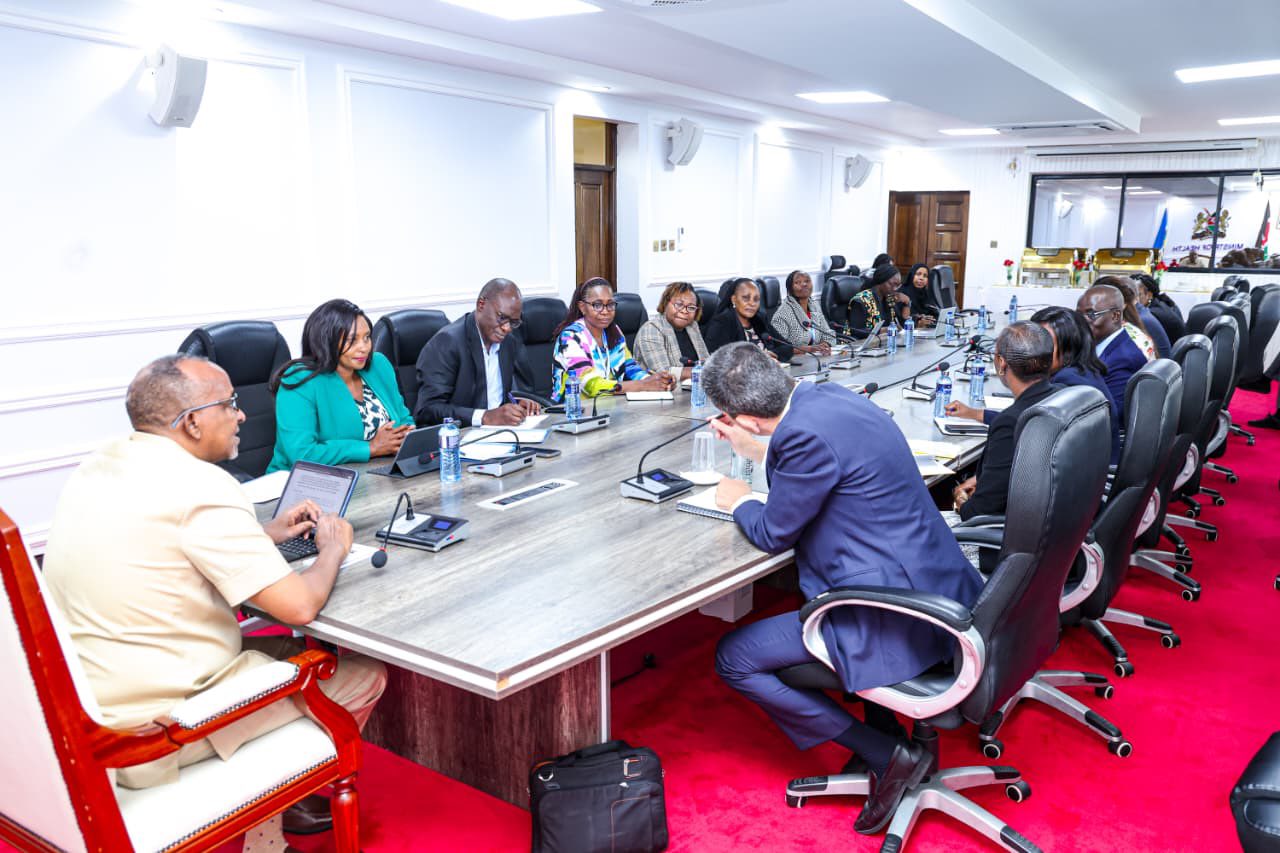Kenya’s fight against malnutrition is facing new pressures as funding for essential nutrition services continues to shrink, with a particular impact on arid and semi-arid land (ASAL) counties and regions hosting refugees.
During a recent high-level dialogue convened by the Ministry of Health, government leaders, international NGOs, and nutrition partners underscored the urgent need to increase domestic financing and strengthen partnerships to sustain progress.
Kenya is grappling with a triple burden of malnutrition, which includes persistent undernutrition, widespread micronutrient deficiencies, and a growing trend of overweight and obesity. Despite the scale of the challenge, current government contributions account for less than five per cent of the National Nutrition Annual Work Plan.

This has raised concerns about the ability to sustain nutrition services for vulnerable populations, particularly in counties most affected by drought, food insecurity, and displacement.
The discussions, which brought together senior government officials, including the Cabinet Secretary for Health, Hon. Aden Duale, the Principal Secretary for Public Health, Mary Muthoni, and representatives from global organizations such as Action Against Hunger, the International Rescue Committee, World Vision, Save the Children, and Concern Worldwide, stressed the importance of linking emergency nutrition response with long-term resilience.
By aligning health, water, sanitation, livelihoods, and education, stakeholders believe Kenya can create a more robust system that safeguards nutrition security.
Participants emphasized that innovation, capacity building, and stronger supply chains are critical to advancing the country’s nutrition agenda.
They further called for joint advocacy and resource mobilization, highlighting that malnutrition remains a solvable crisis if addressed with political commitment, strategic investment, and coordinated action.
The dialogue also reinforced the need to integrate nutrition at the heart of Universal Health Coverage.
By doing so, Kenya could not only reduce child stunting and wasting but also mitigate the rising tide of obesity and related health challenges.
The country was encouraged to position itself as a model for scalable, evidence-based nutrition solutions that can inspire similar efforts across Africa.
Despite the challenges, there was a clear consensus that ending malnutrition in Kenya is possible.
Achieving this will require sustained political leadership, increased domestic financing, and stronger collaboration between government and partners.
The meeting closed with a renewed commitment to keep nutrition at the center of Kenya’s development priorities, particularly in the ASAL regions where the burden remains greatest.

